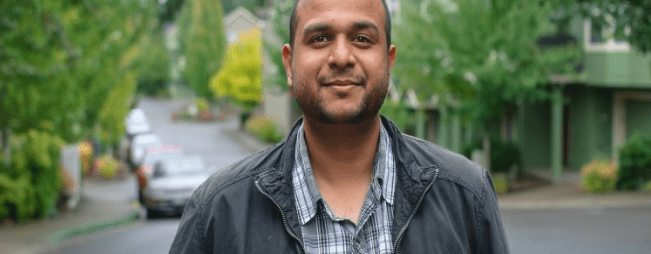What can we do to become more aware of the ignored, the invisible, the unmapped?
Maps have always had a way of bluntly illustrating power. Simply appearing on one can be enough to make a place or community matter. Meanwhile, absence from “the map” conveys something quite the opposite. Recall 19th century colonial surveys of Africa with the continent’s vast interior labeled as “unknown.” That one word on unmapped territory was simply another way of saying – in the eyes of the mapmaker – that the region was of little consequence. Whoever lived there didn’t matter.
This old idea of paper maps as power brokers offers a good analogy for how we might think today about the increasingly complex maps of digital information on the physical world that exist in the “geoweb.” This is where Wikipedia pages and online restaurant reviews and geocoded tweets live, all theoretically floating atop the actual cities and neighborhoods they describe.
“In many ways, it’s not even an analogy,” says Mark Graham, a researcher at the Oxford Internet Institute. “We actually are talking about maps of some sort, in a way. Just because they’re maybe more ephemeral, or maybe more invisibly layered over our cities, it doesn’t mean they’re any less important or any less real.”
On these maps of digital information, a familiar trend is emerging. Some places are covered much more densely with information than others (Manhattan compared to upstate New York, Europe compared to Africa). But that information density bears no direct relationship to the density of human populations. And the gap between these two metrics provides a new way of looking at old questions of inequality.
Every technological innovation today around a new smart-phone app or web platform improving quality of life in citiescomes with a caveat. What about the people who can’t access those tools? What about the people on the other side of the digital divide who lack access to home computers, Internet connections, unlimited data plans? These are the people who go “unmapped” in the geoweb.











